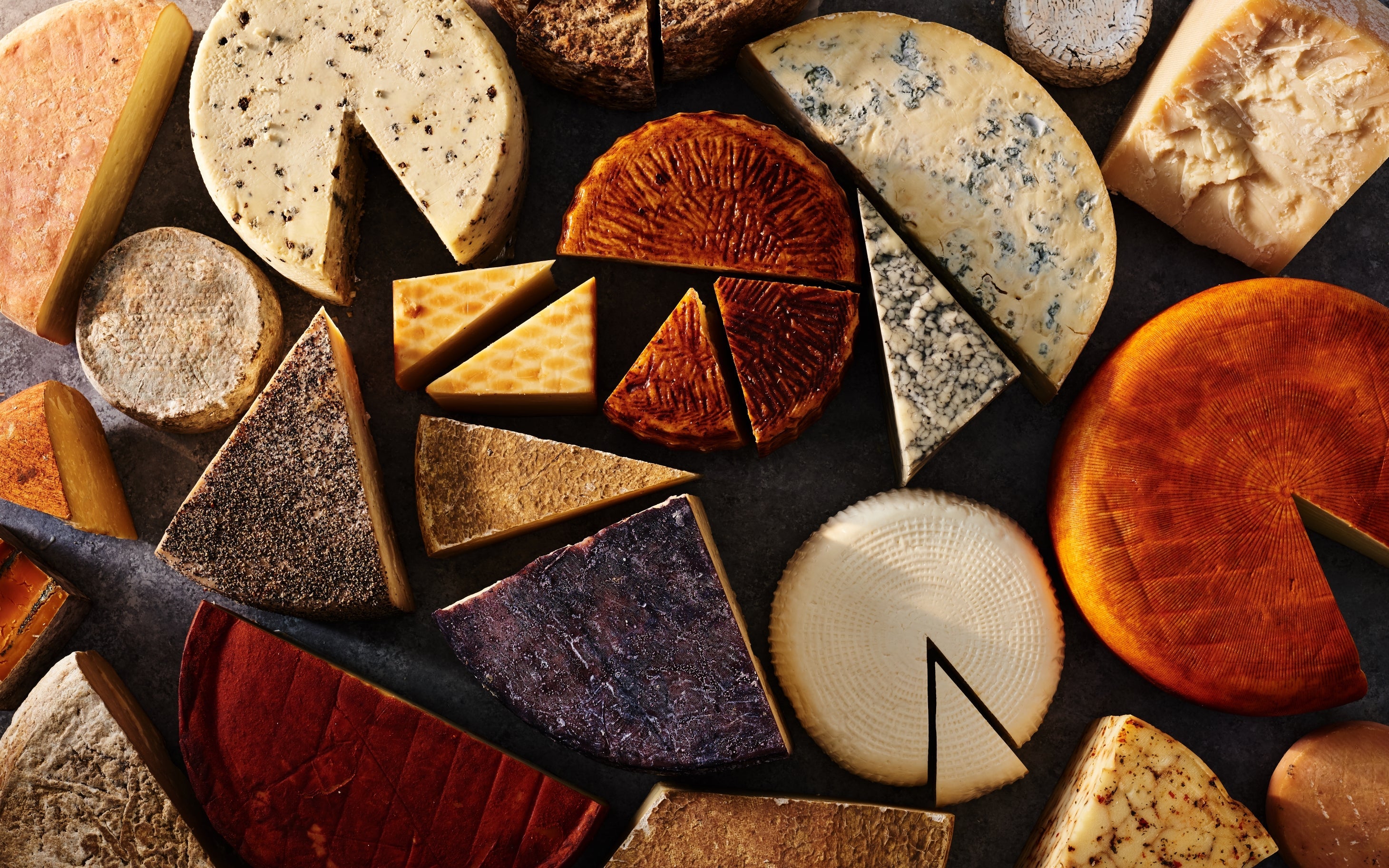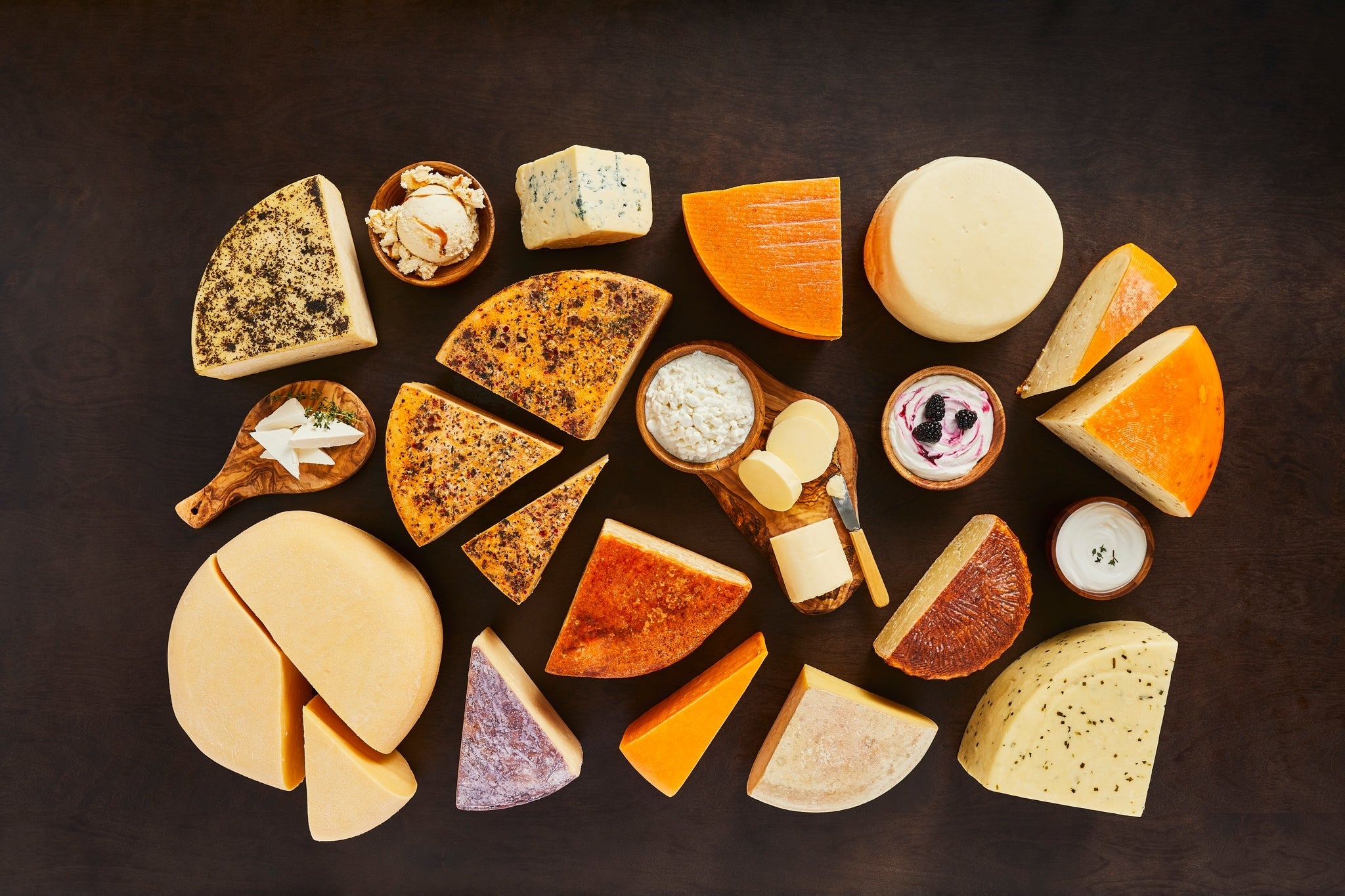Welcome to the Delicious World of Cheese
Welcome to the delicious world of cheese! Every cheese lover knows the sheer joy that comes with indulging in this delectable dairy treat. But have you ever wondered about the impact cheese has on your well-being? From its nutritional value to its potential drawbacks, navigating the world of cheese can be a bit overwhelming.
In this article, we will decode the impact of cheese on your well-being, providing you with valuable insights and information backed by scientific research. Whether you're a passionate cheese connoisseur or simply enjoy a slice of cheddar on your sandwich, understanding the various aspects of cheese can help you make informed choices for your health.
We'll delve into the nutritional composition of different types of cheese, exploring their best protein, fat, and carbohydrate content. We'll also discuss the impact of cheese on factors like cholesterol levels, inflammation, and digestion. Additionally, we'll shed light on portion sizes, dietary recommendations, and alternative options for those with dietary restrictions. Join us on this cheese-filled journey as we unravel the mysteries of this beloved dairy delight. Let's navigate the world of cheese together and find the balance between indulgence and well-being.
The History of Cheese
Cheese has been a part of human civilization for thousands of years, with evidence of its production dating back to as early as 8000 BC. The origins of cheese can be traced to the Neolithic period, where nomadic herders began to domesticate animals like goats, sheep, and cows for their milk. As these early cultures discovered the process of curdling and fermenting milk, the art of cheese making was born.
Over the centuries, the production of cheese has evolved, with different regions and cultures developing their own unique varieties. From the creamy bries of France to the sharp cheddars of the United Kingdom, cheese has become a beloved part of cuisines around the world and even recommended by general physicians. Each type of cheese has its own distinct flavor, texture, and nutritional profile, reflecting the diversity of the dairy industry and the ingenuity of cheese makers.
The history of cheese is not just about its culinary significance, but also its cultural and economic impact. Cheese has been a source of sustenance, a symbol of wealth and status, and a driver of trade and commerce. As global trade and communication have expanded, the world of cheese has become even more interconnected, with artisanal producers and enthusiasts sharing their creations and knowledge with cheese lovers everywhere.
The Science behind Cheese and Its Impact on Well-being
Cheese is a complex and fascinating food, with a unique composition that can have a significant impact on our well-being. At its core, cheese is made by coagulating and curdling milk, a process that separates the solid curds from the liquid whey. This process, combined with the addition of cultures and the aging of the cheese, results in a wide range of flavors, textures, and nutritional profiles.
One of the key factors that determine the impact of cheese on our well-being is its macronutrient composition. Cheese is generally high in fat and protein, with varying amounts of carbohydrates depending on the type. The specific ratios of these macronutrients can influence factors like cholesterol levels, inflammation, and digestive health.
For example, hard cheeses like cheddar and parmesan are typically higher in fat and protein, while softer cheeses like ricotta and cottage cheese have a lower fat content. The aging process of cheese can also affect its nutritional profile, with longer-aged cheeses generally containing more concentrated amounts of these macronutrients.
In addition to its macronutrient content, cheese also contains a variety of micronutrients, including calcium, phosphorus, vitamin A, and vitamin B12. These nutrients play important roles in bone health, immune function, and energy metabolism and is advised by the physiotherapist doctor also. However, the bioavailability and absorption of these nutrients can be influenced by factors like the type of cheese, the manufacturing process, and individual differences in digestion and absorption.
As with any food, the impact of cheese on our well-being is not a simple one-size-fits-all equation. The specific effects of cheese can vary based on individual factors, such as overall dietary patterns, existing health conditions, and personal preferences. Understanding the science behind cheese and its potential benefits and drawbacks is crucial for making informed choices about incorporating it into a balanced and healthy diet.
Exploring Different Types of Cheese and Their Nutritional Profiles
The world of cheese is vast and diverse, with hundreds of varieties produced around the globe. Each type of cheese has its own unique characteristics, from the soft and creamy bries of France to the hard and crumbly fetas of Greece. Understanding the nutritional profiles of these different cheese types can help you make informed choices when it comes to incorporating cheese into your diet.
One of the key factors that differentiate cheese types is their fat and protein content. Hard cheeses, such as cheddar, parmesan, and Gruyère, tend to be higher in fat and protein, with a more concentrated flavor. These cheeses are often used in cooking and grating applications, where their dense texture and bold flavors can enhance the overall dish.
Soft cheeses, on the other hand, generally have a lower fat and protein content, with a creamier, more spreadable texture. Examples of soft cheeses include ricotta, cottage cheese, and cream cheese. These cheeses can be a great option for those looking to reduce their overall fat and calorie intake while still enjoying the taste of cheese.
Beyond the broad categories of hard and soft cheeses, there are also numerous varieties that fall somewhere in the middle, such as semi-soft cheeses like Havarti and Monterey Jack. These cheeses often have a more balanced macronutrient profile, making them a versatile choice for a variety of culinary applications.
It's important to note that the nutritional profiles of cheeses can also vary based on factors such as the animal source (cow, goat, or sheep), the manufacturing process, and any additional ingredients or flavorings that may be added. Understanding these nuances can help you make more informed decisions about the types of cheese that best fit your dietary needs and preferences.
The Role of Cheese in a Balanced Diet
Cheese can be a valuable component of a balanced and healthy diet, but it's important to understand how to incorporate it in the right amounts and in the right context. While cheese can provide a range of essential nutrients, it's also important to be mindful of its potential drawbacks, such as its high saturated fat and sodium content.
One of the key roles of cheese in a balanced diet is its contribution to overall protein intake. Cheese is a rich source of high-quality protein, which is essential for muscle growth, tissue repair, and various bodily functions. By including cheese as part of a well-rounded diet, you can help meet your daily protein requirements and support overall health and well-being.
In addition to protein, cheese also contains important micronutrients like calcium, phosphorus, and vitamin B12. These nutrients play crucial roles in bone health, immune function, and energy metabolism. Incorporating cheese into your diet can help you meet your daily needs for these essential vitamins and minerals, which is particularly important for individuals with dietary restrictions or those who may be at risk of deficiencies.
However, it's important to be mindful of the potential drawbacks of cheese, particularly its high saturated fat and sodium content. Consuming too much cheese can contribute to an increased risk of cardiovascular disease, high cholesterol, and high blood pressure. To mitigate these risks, it's important to practice portion control and to balance the consumption of cheese with other nutrient-dense foods in your diet.
When it comes to incorporating cheese into a balanced diet, the key is to find the right balance. This may involve choosing lower-fat varieties of cheese, limiting portion sizes, and pairing cheese with a variety of other healthy foods. By doing so, you can enjoy the delicious taste and nutritional benefits of cheese while also maintaining a healthy and well-balanced diet.
Common Misconceptions about Cheese and Health
As with many foods, there are several common misconceptions and myths surrounding the impact of cheese on health and well-being. These misconceptions can often lead to confusion and, in some cases, the avoidance of a food that can actually be a valuable part of a balanced diet.
One of the most prevalent misconceptions is that all cheese is high in saturated fat and cholesterol, and therefore, should be avoided. While it's true that many types of cheese are high in saturated fat, the relationship between saturated fat and heart health is more complex than a simple one-to-one correlation. Research has shown that the type and quality of the fat in cheese, as well as the overall dietary pattern, play a more significant role in cardiovascular health than the saturated fat content alone.
Another common misconception is that cheese is inherently "unhealthy" or should be limited in a healthy diet. This is not entirely accurate, as cheese can provide a range of essential nutrients, including high-quality protein, calcium, and vitamins. The key is to consume cheese in moderation and as part of a balanced, nutrient-dense diet, rather than viewing it as a food to be strictly avoided.
Some individuals may also believe that cheese is difficult to digest or that it can cause digestive issues, such as bloating or gas. While this may be true for some people, particularly those with lactose intolerance or other digestive sensitivities, it is not a universal experience. The digestibility of cheese can vary depending on the type, the aging process, and individual differences in gut health and enzyme production.
It's important to recognize that the impact of cheese on health is not a one-size-fits-all proposition. The effects can vary based on individual factors, such as overall dietary patterns, existing health conditions, and personal preferences. By understanding and addressing these common misconceptions, you can make more informed choices about incorporating cheese into a healthy and balanced lifestyle.
The Benefits of Including Cheese in Your Diet
While the potential drawbacks of cheese, such as its high saturated fat and sodium content, are well-documented, it's important to recognize that cheese can also provide a range of benefits when consumed in moderation as part of a balanced diet. Understanding these benefits can help you make more informed decisions about incorporating cheese into your overall eating patterns.
One of the primary benefits of cheese is its high-quality protein content. Cheese is an excellent source of complete proteins, which means it contains all the essential amino acids necessary for muscle growth, tissue repair, and various bodily functions. By including cheese in your diet, you can help meet your daily protein requirements and support overall health and well-being.
In addition to its protein content, cheese is also a rich source of calcium, a mineral that is essential for maintaining strong bones and teeth. Adequate calcium intake is particularly important for individuals at risk of osteoporosis or those who are looking to support their bone health. By incorporating cheese into your diet, you can help ensure that you're meeting your daily calcium needs.
Cheese can also play a role in supporting digestive health. While some individuals may experience digestive issues with certain types of cheese, others may find that the probiotics and enzymes present in aged cheeses can actually help improve gut health and support a healthy microbiome. This can have a positive impact on overall well-being, including immune function and nutrient absorption.
Finally, the enjoyment and satisfaction that comes with consuming cheese should not be overlooked. Cheese can be a delightful and indulgent part of a balanced diet, providing a sense of pleasure and fulfillment that can contribute to overall well-being. By finding ways to incorporate cheese into your diet in a mindful and moderate way, you can enjoy the benefits of this beloved dairy product while maintaining a healthy lifestyle.
Guidelines for Incorporating Cheese into a Healthy Eating Plan
Incorporating cheese into a healthy eating plan requires a balanced and thoughtful approach. While cheese can provide a range of essential nutrients, it's important to be mindful of its potential drawbacks, such as its high saturated fat and sodium content. By following these guidelines, you can enjoy the benefits of cheese while maintaining a healthy and well-balanced diet.
By following these guidelines and incorporating cheese into a healthy and balanced eating plan, you can enjoy the delicious taste and nutritional benefits of this beloved dairy product while maintaining overall well-being.
The Importance of Quality and Sourcing When It Comes to Cheese
When it comes to incorporating cheese into a healthy lifestyle, the quality and sourcing of the cheese can play a significant role in its impact on well-being. Understanding the factors that contribute to the quality and provenance of cheese can help you make more informed choices and ensure that you're enjoying the best possible cheese experience.
One of the key factors to consider is the animal source of the cheese. Cheese can be made from the milk of various animals, including cows, goats, sheep, and even water buffaloes. Each animal's milk has its own unique nutritional profile and flavor characteristics, which can influence the overall quality and impact of the cheese.
For example, goat cheese is often touted for its lower fat and cholesterol content compared to cow's milk cheese, making it a potentially healthier option for some individuals. Similarly, sheep's milk cheese is known for its rich, creamy texture and higher protein content, which can be beneficial for those looking to increase their protein intake.
In addition to the animal source, the production methods and aging process of the cheese can also have a significant impact on its quality and nutritional profile. Artisanal and small-batch cheese producers often use traditional, time-honored techniques that can result in a more complex and nuanced flavor profile, as well as the preservation of important nutrients.
Furthermore, the sourcing and traceability of the cheese can be an important consideration. Cheese produced by local, sustainable, and ethical dairy farms can not only provide a superior taste experience but also support environmentally-conscious and socially responsible food systems.
By taking the time to research and understand the quality and sourcing of the cheese you consume, you can make more informed decisions that align with your personal health and sustainability goals. This can ultimately lead to a more enjoyable and beneficial cheese-eating experience, allowing you to fully savor the delicious and nutritious benefits of this beloved dairy product.
Cheese-related Recipes and Meal Ideas
Now that we've explored the various aspects of cheese and its impact on well-being, let's dive into some delicious and nutritious cheese-related recipes and meal ideas. These culinary creations showcase the versatility of cheese and how it can be seamlessly incorporated into a balanced and healthy diet.











Leave a comment